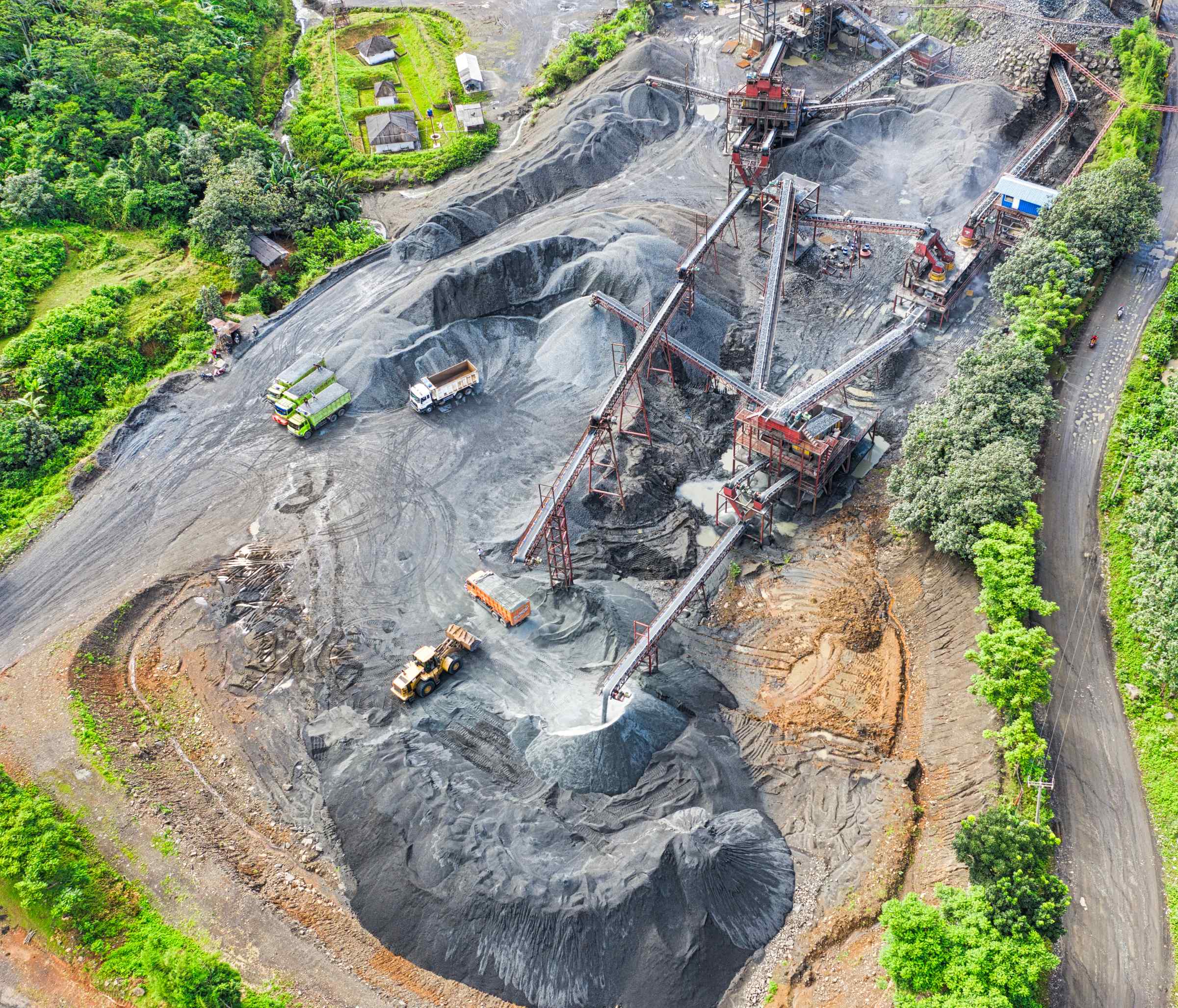Let’s talk
Metals and minerals are the building blocks of modern life. They enable infrastructure, technology, and the clean energy transition - supporting jobs, growth, and prosperity around the world. Yet mining also drives pressures on nature through land-use change, water use, pollution, and emissions across complex global supply chains.
The very foundations the sector depends on - access to water, stable climates, healthy ecosystems, and trusted community relationships - are under strain. This creates material risks for operators, investors, and customers alike, from permitting delays and social conflict to physical climate risks and supply disruption.
But transformation is both possible and urgent. With the right strategies, mining can shift from nature risk to nature recovery - improving resilience, lowering costs, and securing the materials needed for a net-zero, nature-positive economy.
The mining and minerals sector is facing unprecedented change. Demand for transition minerals is accelerating, while expectations for responsible practices, transparency, and nature-positive outcomes are rising just as fast. Four trends are reshaping how the sector operates:
Regulators and standards bodies are raising the bar. CSRD/ESRS, ISSB, and TNFD guidance are pushing companies to measure, manage, and disclose nature impacts and dependencies across the mine life cycle and value chain — from exploration to closure and post-closure.
Demand for transition minerals (lithium, nickel, cobalt, copper, rare earths) is accelerating while supply chains remain concentrated. Governments are prioritising security, diversification, and responsible sourcing — reshaping where and how projects advance.
Mining contributes to climate and nature pressures, and is also highly exposed to them: water scarcity, extreme weather, and ecosystem degradation can disrupt operations, raise costs, and threaten asset viability. Integrated climate-nature strategies are now core to long-term value.
.jpg)

If left unaddressed, sector challenges will drive delays, increase costs, and undermine the reliable supply of critical minerals.
New pits, waste rock, tailings, roads, and power lines can fragment habitats and affect species and ecosystem function, especially in sensitive or cumulative-impact regions.
High water demand, altered flows, acid mine drainage, and metal contamination threaten catchments and communities — and heighten operational and regulatory risk.
Catastrophic failure risk, long-term water treatment, and legacy sites create significant financial, environmental, and reputational exposure without strong design, monitoring, and closure planning.
If managed well, the sector can strengthen resilience, lower costs, and enable a nature-positive transition.
Early spatial planning, avoidance of high-value nature, FPIC, and credible mitigation/restoration programmes reduce conflict and accelerate approvals.
Water efficiency, circular systems, improved tailings management, and proactive closure planning reduce operating costs, insurance exposure, and long-term liabilities.
Robust climate-nature strategies, traceability, and responsible sourcing open doors to customers, green finance, and partnerships — and de-risk portfolios.
Re-mining tailings, nature-inclusive design, electrified and autonomous fleets, and circular models (repair, recycle, recover) unlock new value with smaller footprints.

We work with our clients to map nature impacts and dependencies throughout their agricultural value chains, identifying priority pressures such as deforestation, soil degradation, or water stress.

We collaborate with client teams to translate material nature-related impacts and dependencies throughout agri-supply chains into business risks and opportunities.

We support clients to distill nature-related dependencies, impacts, risks and opportunities into credible reporting that can be used to drive action.

We help craft credible nature strategies with clear targets and actions that tackle key dependencies, impacts, and risks while unlocking opportunities that drive business value and sustainable performance.